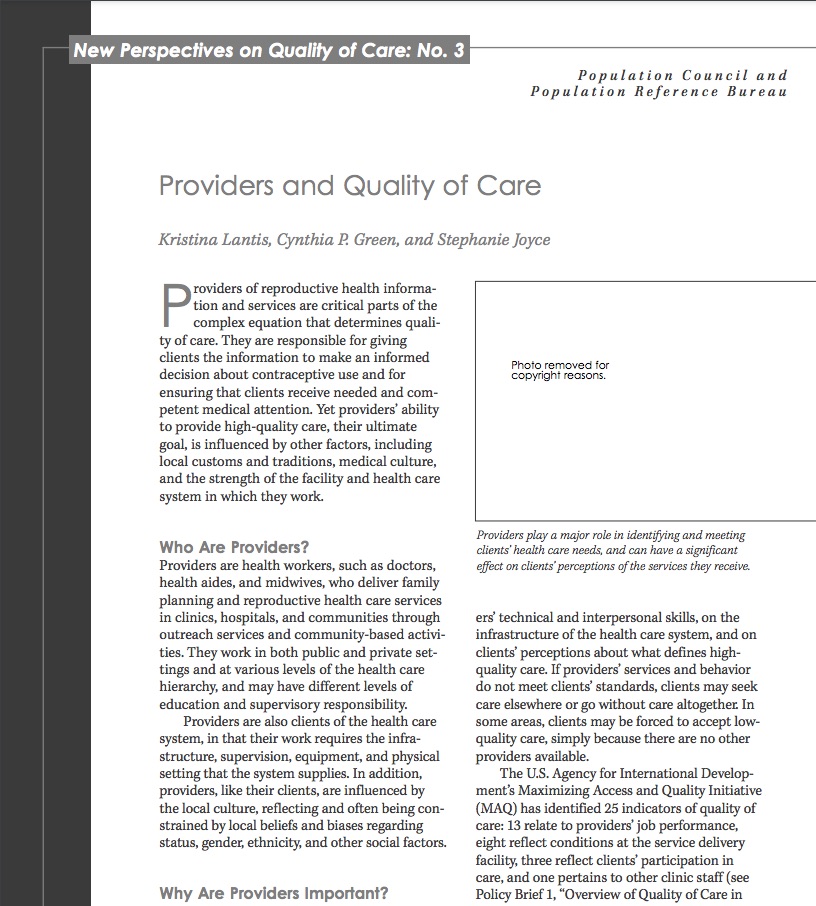Citizenship, Ancestry May Help Determine Who Gets the ‘Hispanic Health Advantage’
New research helps explain the factors behind why Hispanic people in the United States tend to live longer than other Americans

New research helps explain the factors behind why Hispanic people in the United States tend to live longer than other Americans

Population Bulletin, Vol. 58, No.1 (2003) Latin America experienced explosive population growth in the middle of the 20th century as two demographic trends converged: high birth rates and rapidly declining death rates.
(2010) Over the past 20 years, the number of Latino children under age 18 living in the United States has doubled, making them one of the fastest-growing segments of the national population.

(2002) Providers of reproductive health information and services are critical parts of the complex equation that determines quality of care. They are responsible for giving clients the information to make an informed decision about contraceptive use and for ensuring that clients receive needed and competent medical attention.

Brain changes, weight loss, and even infection history could help pinpoint who might be at risk
(2010) During the current U.S. recession, homeownership and mobility rates have dropped; poverty has increased; and commuting patterns have shifted toward greener, more cost-effective options.
(2007) States increasingly consider science and technology resources to be an asset in developing a strong economic advantage. As a result, strategies for training, attracting and retaining scientists and engineers have become more important state and national public policy issues.